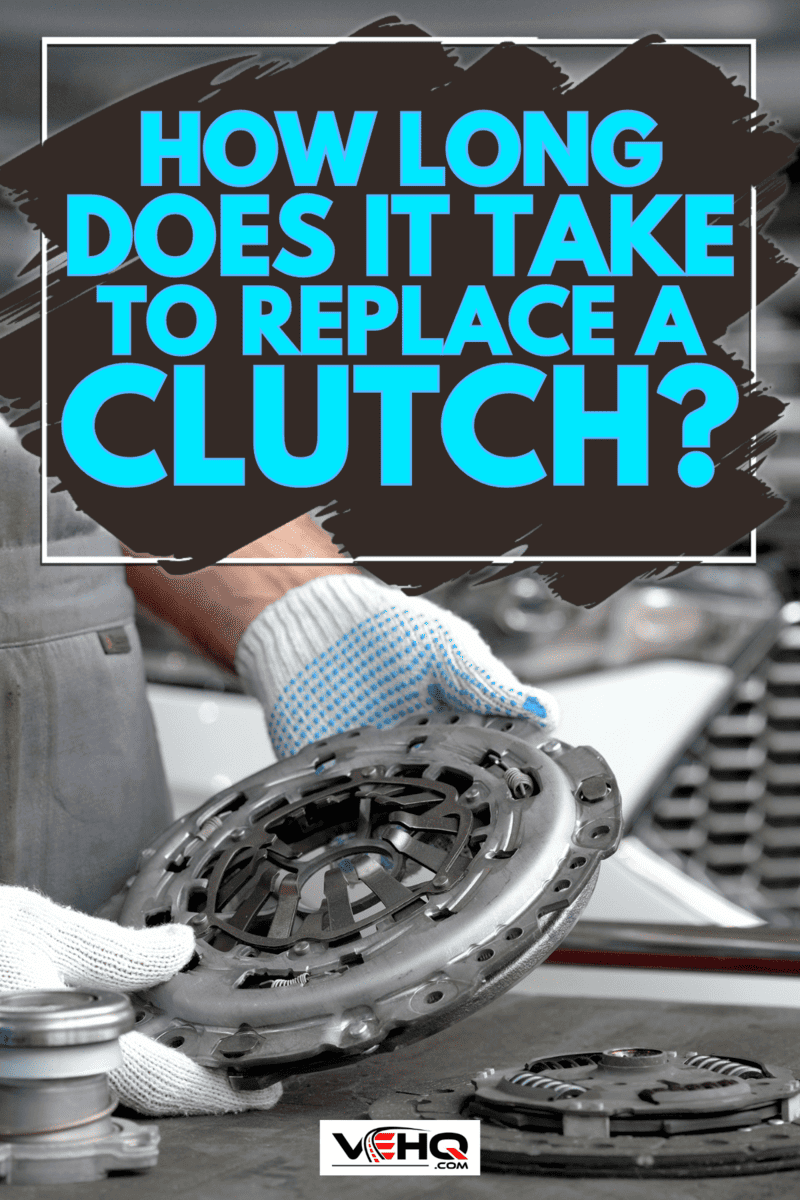Hey there, fellow car enthusiast! Are you ready to take your vehicle maintenance skills to the next level?If you're curious how long it takes to replace a car's clutch, you've come to the right place.
We know that clutch replacement can be a daunting task, but fear not! We're here to guide you through the process one step at a time.
From the tools you'll need to the techniques used by professionals, we've got all the details. And we won't stop there.
We'll also provide you with tips and tricks to ensure a smooth clutch replacement, resulting in a driving experience that's as smooth as butter.
So, buckle up, and let's get into it!
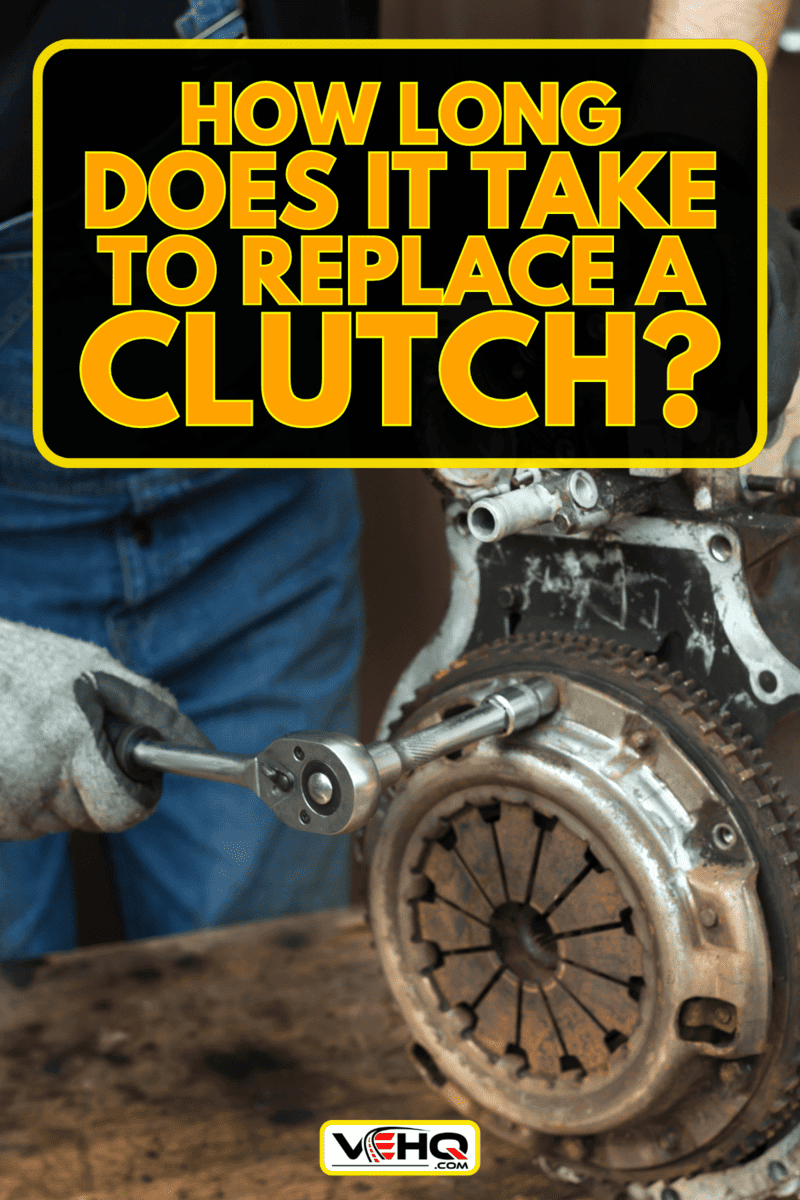
How Many Hours Does a Clutch Replacement Take?
Estimating the time for a clutch replacement can be tricky, as it depends on various factors. However, on average, it takes around 2 to 6 hours to complete the task.
It's important to know the mechanic's experience and the vehicle's condition, as this could impact the time taken.
Professional mechanics might complete the job in a shorter time. In some cases, only 3 to 6 hours are needed, but individual skills and any complications that arise can affect how long it takes.
The complexity of clutch replacement varies by vehicle model. For example, certain cars may require 2-3 hours of labor, while others may take up to 8 hours. Knowing your car's specific requirements helps with accurate time estimation.
Planning for a clutch replacement requires keeping all these factors in mind. While it's an essential maintenance task for your vehicle, setting aside enough time is crucial to ensure a smooth and successful repair.
Is It Easy to Replace a Clutch?
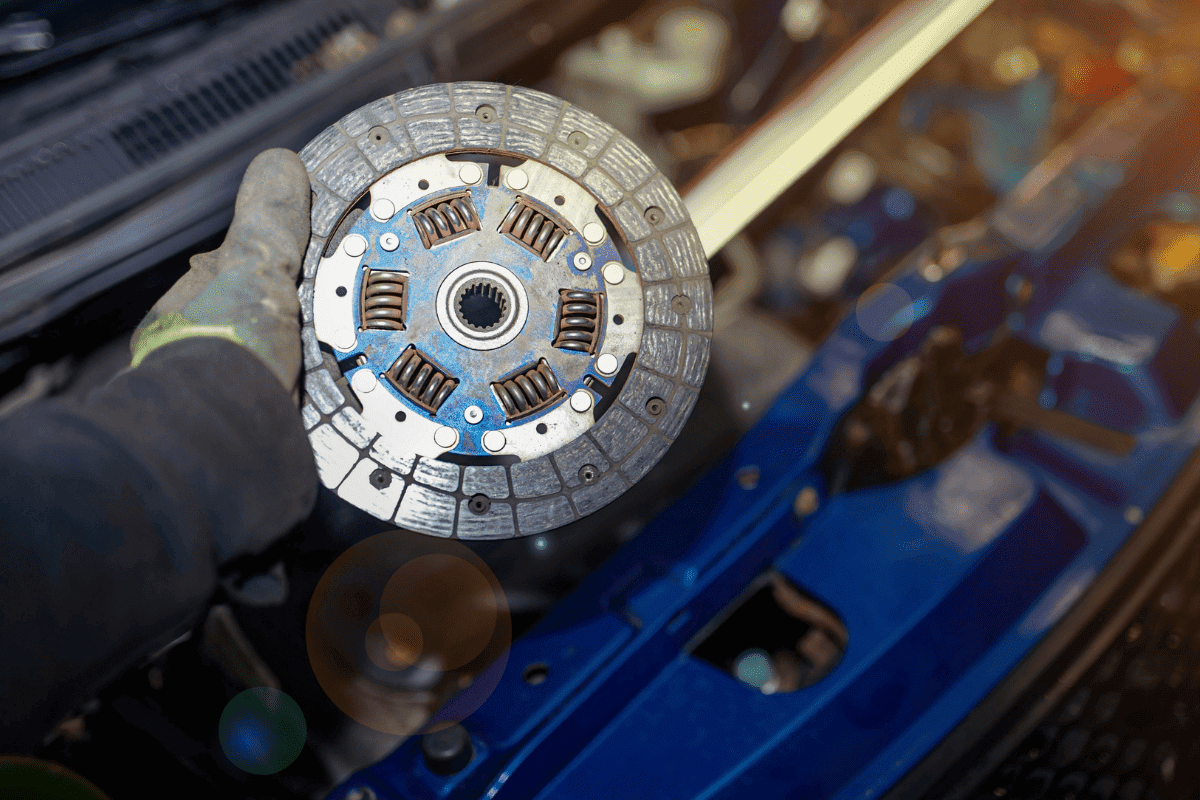
Replacing a clutch is a task that can be challenging for inexperienced individuals. However, with adequate skills and the right tools, it can be accomplished effectively.
How Much Does It Cost to Change a Clutch?
The cost of clutch replacement varies based on factors such as vehicle make and model as well as the chosen mechanic.
In general, the cost ranges from $750 to $2,500. DIY enthusiasts can save on labor by purchasing a clutch kit, which can cost between $70 and $1,700.
Keep in mind that the overall repair cost also depends on the severity of the damage.
On average, professional mechanics take around 3 to 6 hours to complete a clutch replacement. For novices, the process may take longer, whereas experienced mechanics might finish the job more quickly.
During the process, certain steps are involved, such as:
- Removing the old clutch
- Installing a new clutch kit
- Testing the new clutch for proper functioning
Clutch replacement can be a time-intensive and potentially costly endeavor. While the difficulty varies based on experience and vehicle type, proper preparation and research can make the process more manageable.
Ensuring an efficient and successful clutch replacement helps keep your vehicle running smoothly.
Steps in Changing Your Clutch
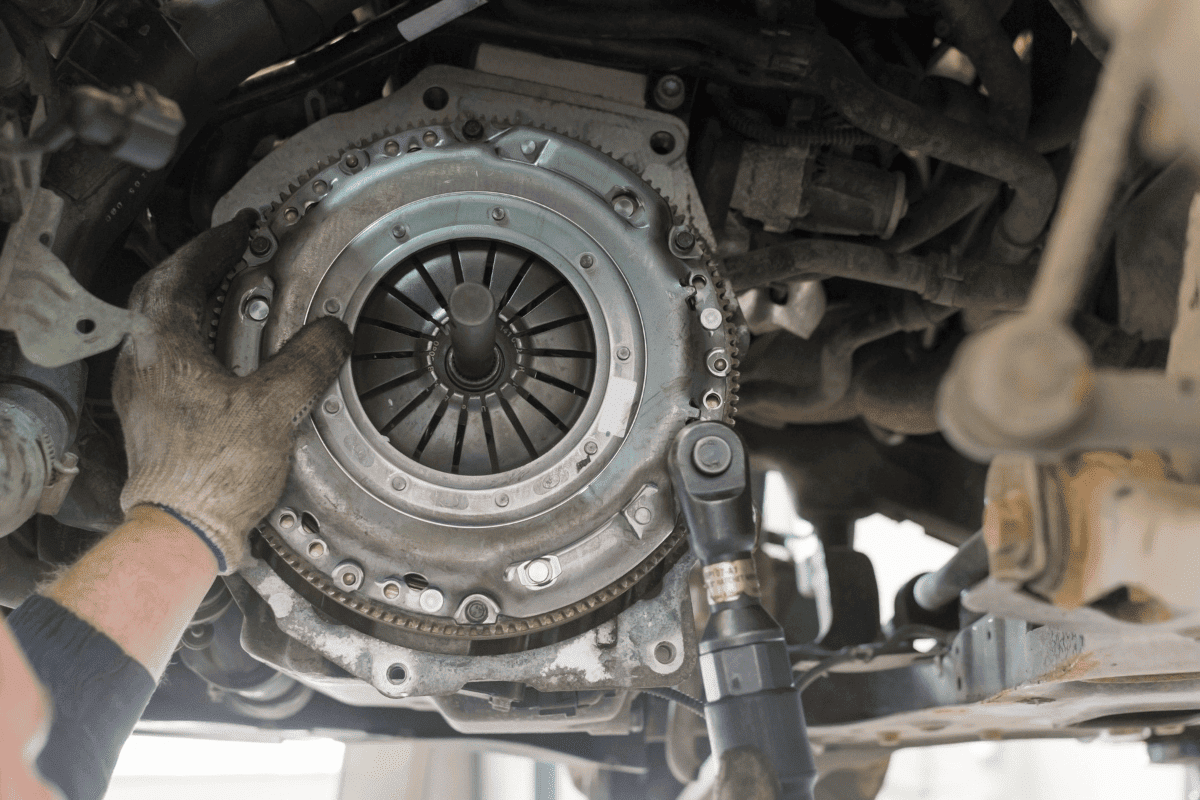
Begin by ensuring your car is safely secured. This includes using a flat, stable surface and utilizing wheel chocks and jack stands. Safety is paramount in any DIY automotive project.
Assess the clutch cable's condition. It's recommended to press the clutch pedal and attempt to shift gears with a running engine. If the cable is faulty, you'll quickly notice.
Detach the relevant components. It's important to give yourself ample space to work. This may involve removing the battery, driveshaft, and possibly the exhaust system.
Separate the transmission from the engine. Place a jack or transmission jack under the transmission for support. Then, remove the bolts securing the transmission to the engine.
Once the transmission is removed, access the clutch assembly. Carefully remove the clutch disc, pressure plate, and release bearing. Inspect the flywheel for damage and resurface or replace it if needed.
Install the new clutch components ensuring proper alignment. Using a clutch alignment tool is a practical way to ensure precision.
Reconnect the transmission to the engine. Afterward, reinstall any parts that were initially detached, including the driveshaft, exhaust, and battery. Double-check all connections and tighten all bolts.
Test your new clutch. Start the engine and verify smooth gear transitions. Doing a test drive in a safe space is recommended to confirm a successful clutch replacement.
How to Know if My Clutch Needs Replacing?
If you're noticing some unusual behavior while driving, it might be time to assess whether your clutch needs replacing. Keep reading to find out some key signs to watch for.
- Slipping clutch: You might feel the engine revving but the car doesn't accelerate as it should. The slipping means the clutch isn't transferring engine power to the transmission properly.
- Sticky clutch pedal: If the pedal doesn't return smoothly after releasing it or feels stuck, it could signal issues with the clutch system.
- Unusual noises: Sounds like grinding or screeching when changing gears might indicate a worn clutch assembly.
- Burnt smell: A burning smell near your clutch pedal could be a result of an overheating clutch, which might need replacement.
When you experience these symptoms, it's essential to consult a mechanic to assess your clutch's condition. The sooner you address the issue, the better.
What Does a Healthy Clutch Feel Like?
A healthy clutch operates smoothly and effortlessly. With each press, the driver can easily sense the clutch's engagement point, allowing for seamless gear shifts.
Engagement points that are too high or too low may be indicative of a worn or damaged clutch.
Stability is key when it comes to a well-functioning clutch. Drivers should feel no shuddering, slipping, or vibrations while using the clutch. Such sensations can signal trouble developing within the clutch system.
Finally, a healthy clutch allows for easy control of the vehicle's acceleration. This ensures efficient power transfer from the engine to the wheels, giving the driver confidence and a satisfying driving experience.
If you notice any difficulty accelerating, it may be time to check your clutch's health.
Reasons Your Clutch is Failing
A clutch can fail for many reasons. One possible cause is oil contamination of the friction surfaces. This typically results in sudden slipping.
Another reason is binding in linkage or cable due to corrosion. This could lead to the clutch not engaging at all. Similarly, bent linkage could also be a factor.
Seized slave cylinders or throwout bearings are additional contributors to clutch failure. A failed pressure plate diaphragm or friction plate may also impact performance.
Driver behavior, such as excessive or improper use, can affect clutch life, too. Driving style and vehicle weight play influential roles in clutch longevity.
Lastly, low-quality clutches may not last as long as their higher-quality counterparts. Opting for a well-made clutch can help avoid premature failure.
Clutch Maintenance Tips
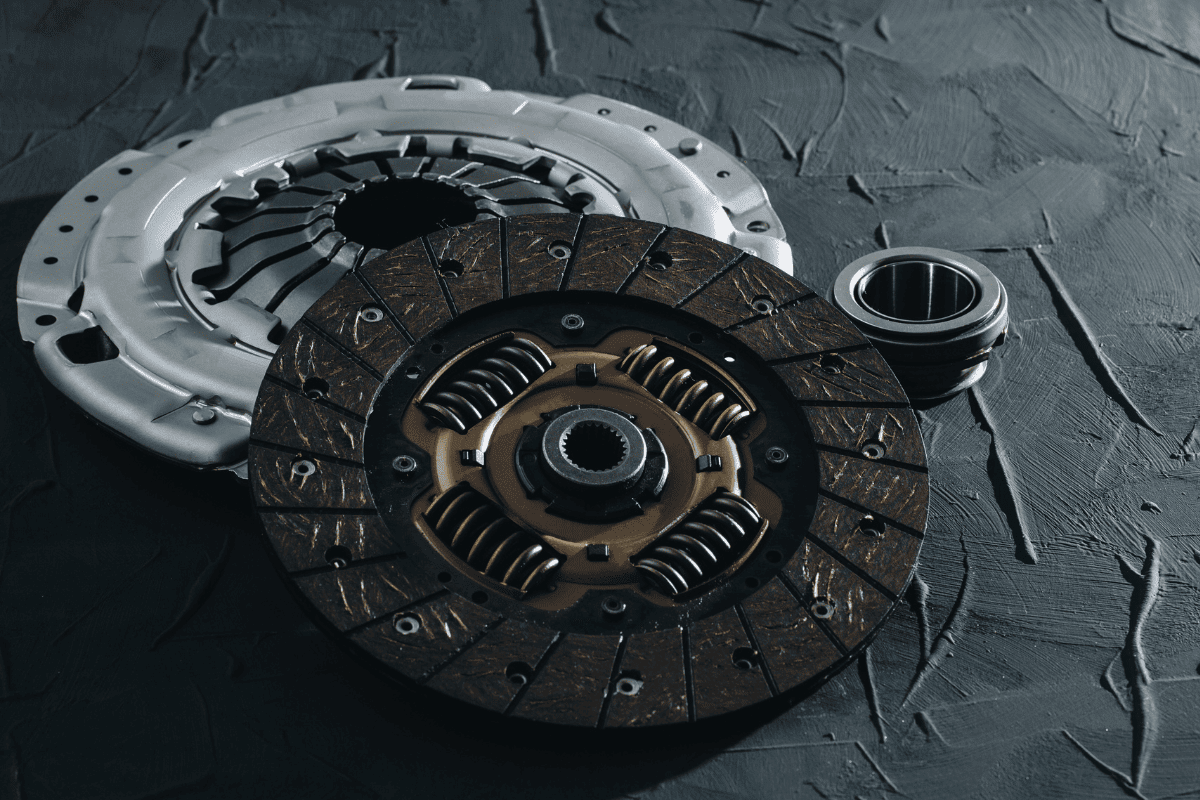
Proper clutch care plays a vital role in prolonging its lifespan. Let's delve into key maintenance tips to keep your clutch healthy.
Firstly, gentle usage is essential. Avoid aggressive gear shifting and riding your clutch, as overworking it leads to wear.
Monitoring hydraulic fluid can prevent clutch performance issues. Regularly check the fluid level and top it off as needed; replace it entirely if it appears dark or cloudy.
When replacing your clutch, use a clutch kit that includes crucial components like the pressure plate and flywheel. This helps achieve optimum durability and operation.
Investing time in clutch replacement can prevent costly repairs. Expect a replacement to take anywhere from two to six hours.
Prioritize gentle handling, hydraulic fluid maintenance, quality replacement parts, and timely clutch removal to ensure maximum clutch longevity and performance.
How Many Kilometers Should a Clutch Last?
A clutch's lifespan depends on various factors, such as driving habits and maintenance.
On average, a clutch can last between 40,000 and 100,000 miles. However, certain practices can extend its longevity beyond this range.
Proper driving techniques play a crucial role in clutch preservation. By avoiding excessive slipping and resting your foot on the clutch pedal, you can potentially achieve a lifetime of 50,000 to 175,000 miles.
Another aspect to consider is the vehicle's operating temperature. In hotter climates, clutch fluid may heat up and become less efficient.
To prevent this issue, be mindful of environmental conditions and perform regular maintenance checks on your vehicle's fluids and systems.
Before you go, be sure to take a look at these other posts:
How To Remove A Fan Clutch Without Tools [Tips & Tricks For Your Vehicle]?


